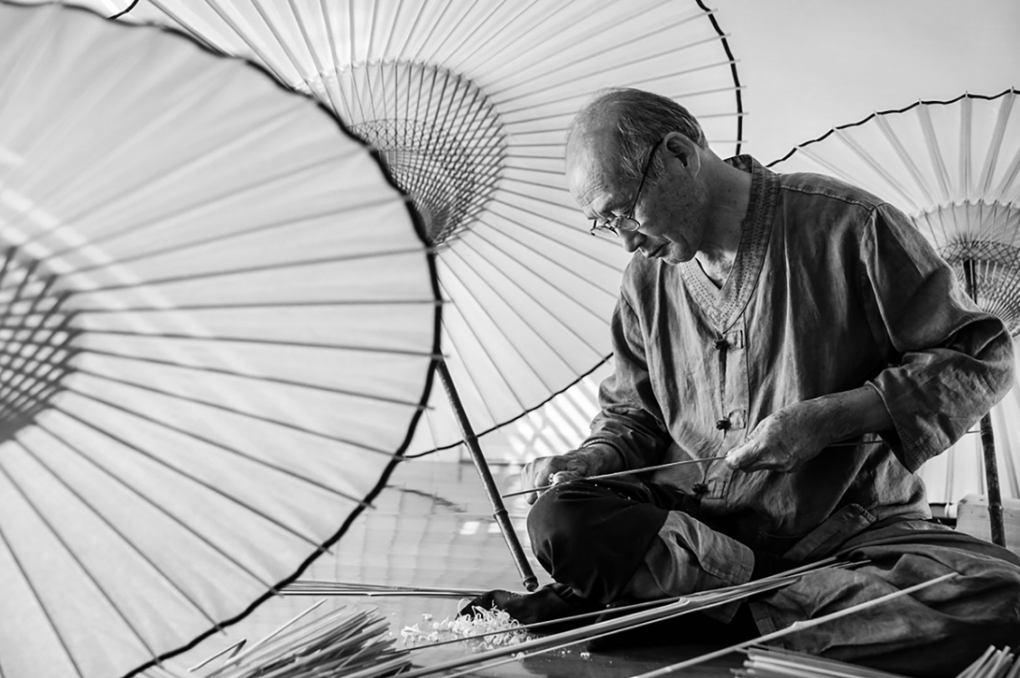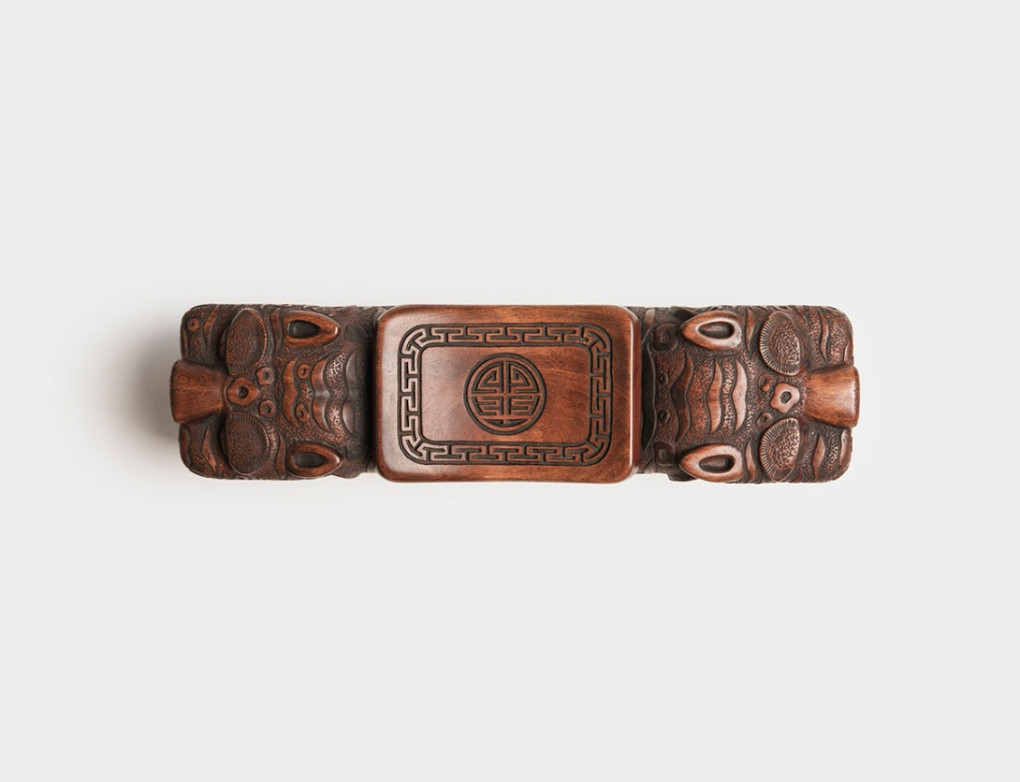This project is about finding a way to convey the culture and value of Jeonju on the ONN Brand. We aim to Use a part of the product that comes out from the process of producing a product and change its use into an actual product that is more friendly to the user.
Product design
“ A part becomes whole, whole becomes a part.”
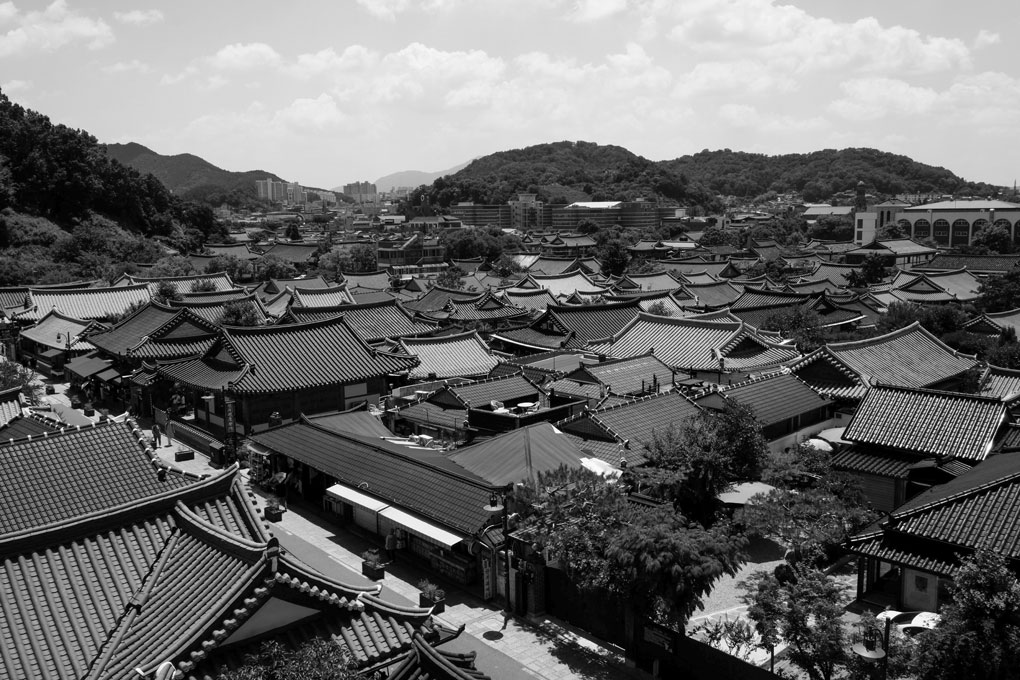
Thousand years Jeonju luxury product ONN is a representative handicraft brand that inherited the image of Jeonju and began its business in 2004 with the general purpose of supporting, nurturing managing, marketing and protecting the handicraft industry. Jeonju has professional craftsmen, such as intangible cultural assets and craftsmen, for various fields, and their skilled craft skills have great advantages in product development. In addition, the material resources used as a craft material, such as Hanji and saplings, are also abundant. Based on these characteristics, the brand has developed products that craftsmanship has worked on for a long time. Although it was a product that focused on the techniques of craftsmanship, it took a long time to produce a single product. The price was high and it was not easy to lead to sales as the production process was complicated.
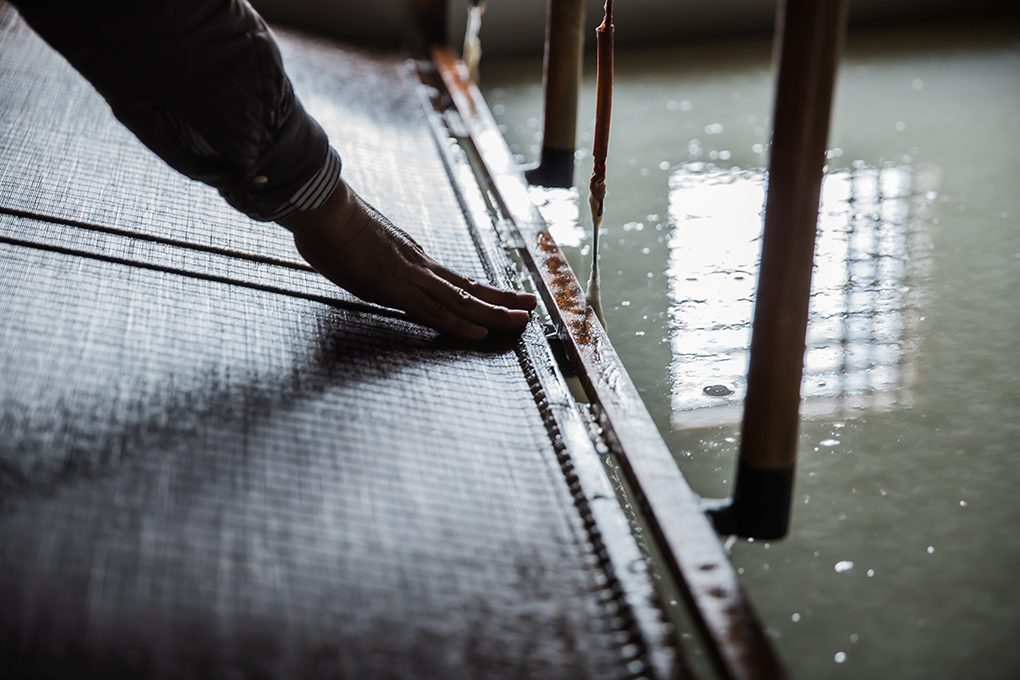
In order to find a sustainable way utilizing Jeonju’s human, physical and cultural resources, they newly planned and oversaw the ONN brand in 2019. The main theme of the general project is “Partial is all”, the goal is to develop a product that a part becomes a whole and the whole becomes a part. To make one product it requires to proceed relating to various phenomena. In the past there were lot of people requiring hand crafted products thus more orders. In the workshop, the production process was subdivided into efficient operation, which allowed the production time to be shortened. Unfortunately, as of now, the number of people looking for crafts has decreased and the number of craftsmen has decreased. As a result, the efficiency of the work will be reduced as one craftsman will be in charge of the entire production process. Materials that are used for each process, and technologies that process those materials, will be gathered to increase time and money that consumers have to pay.
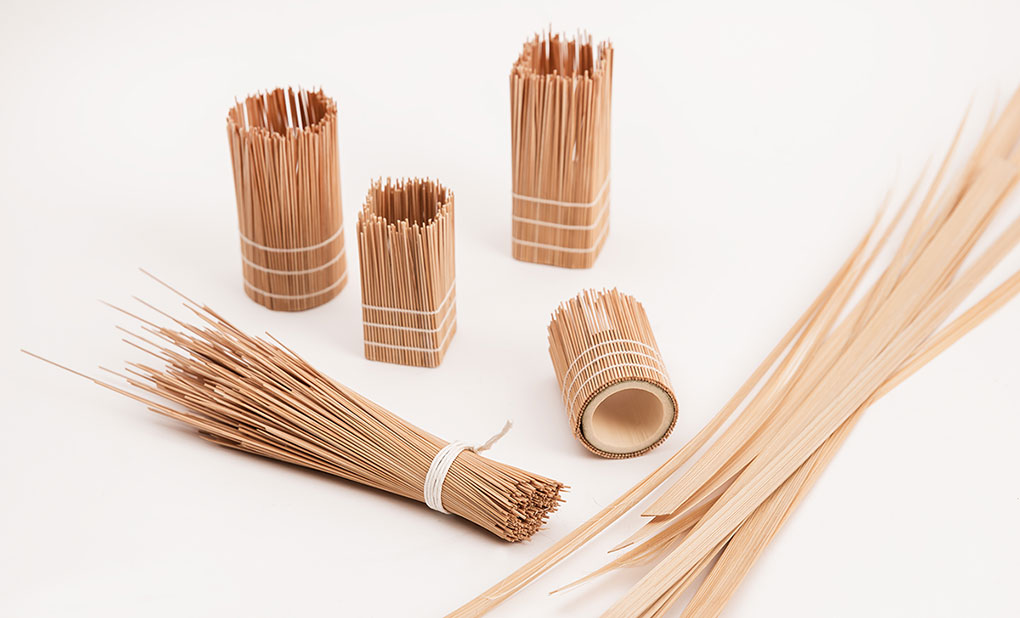
Even though the consumer wants to buy the product, it is not easy for them to purchase because of the expensive price. So we studied on the making process to lower the price. We have sought ways to spread Jeonju’s culture and products, and as a result we have noted one of the components that make up the product. We proposed a plan to change the usage of each component. Although consumers are hesitant to buy finished products because of their high price, we try to reach them in a friendly manner in a way that the parts that become finished products themselves. The first step of the project was to think of Jeonju on the desk under the theme ONN the desk. Like the business cards used to represent themselves among stationery/office items, we want to begin development with a business card arrangement consisting of the skills and material of the human resources that represent Jeonju.
Paper Umbrella craftsman Gyu sang Yoon

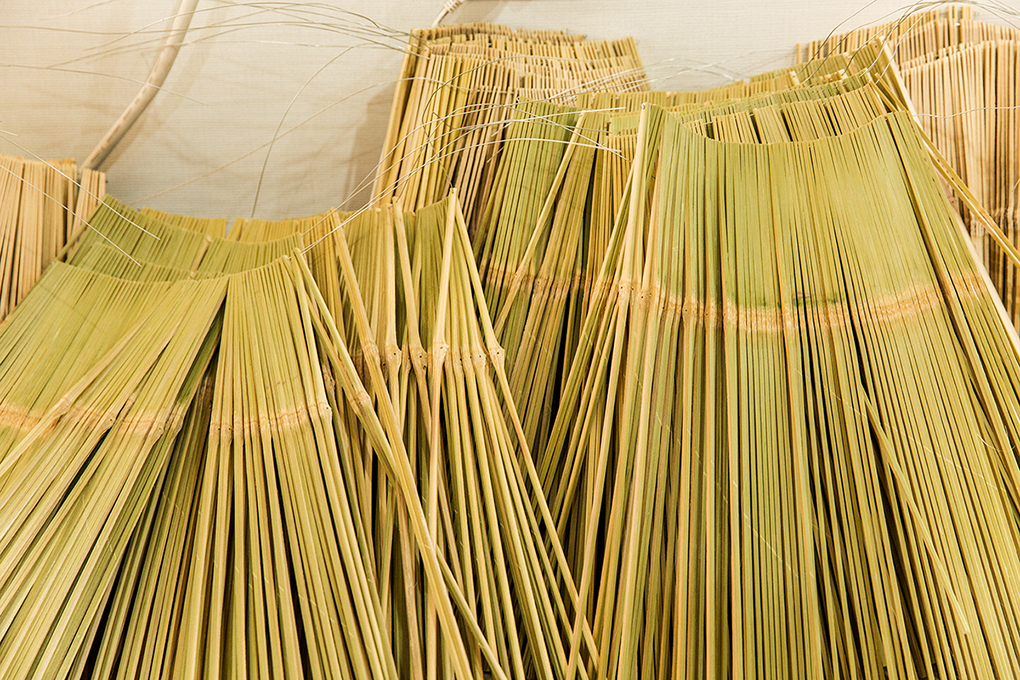
Nowadays, people use umbrellas made of vinyl or tarpaulin, but in the past, paper umbrellas were oiled and waterproof. Gyu-sang Yoon, the chief of the Jiushanjang, is the only remaining Jiushanjang in Korea, which makes umbrellas and parasols with Hanji and bamboo. Made of a blood tree or a wooded bamboo tree, the cirrus and lettuce are the most important parts of making the connection structure by lifting the bars of an umbrella and biting the bamboo bars. This part is manufactured by rotating 360 degrees around the middle axis and is grooved to fit in bamboo flax suitable for each thickness and length. A small number of modifications have been made to the existing arrangements for business cards to be inserted in this groove.
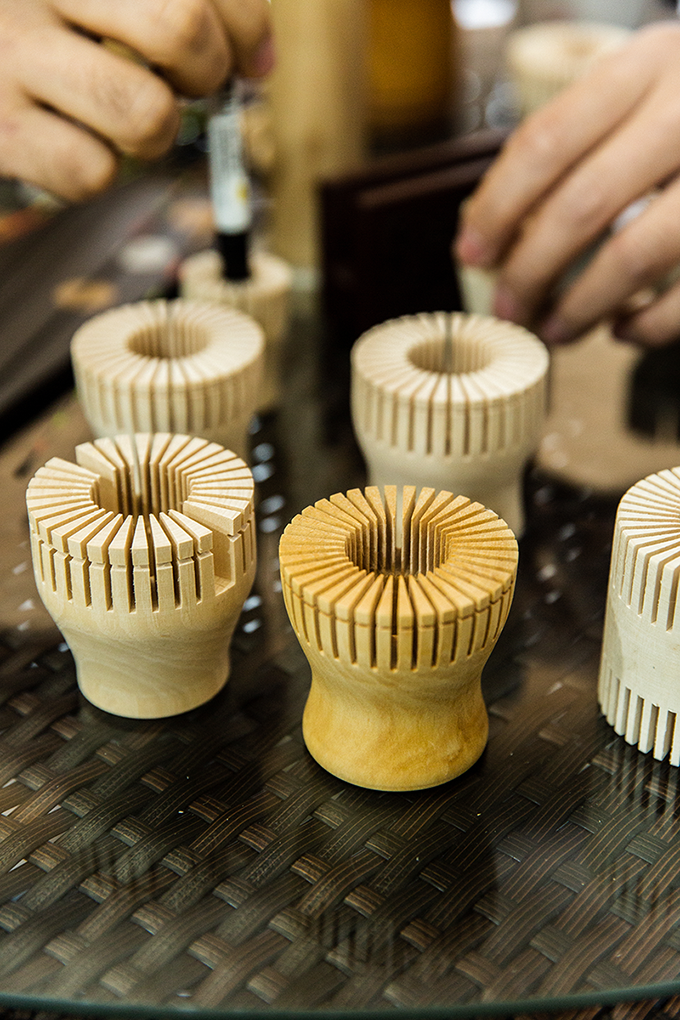
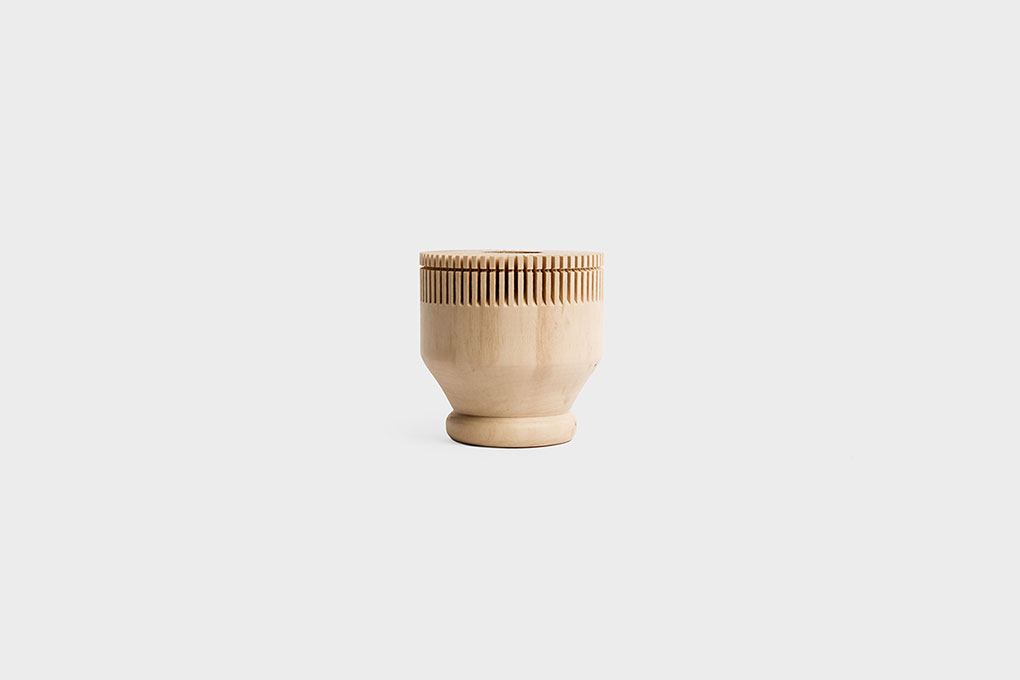
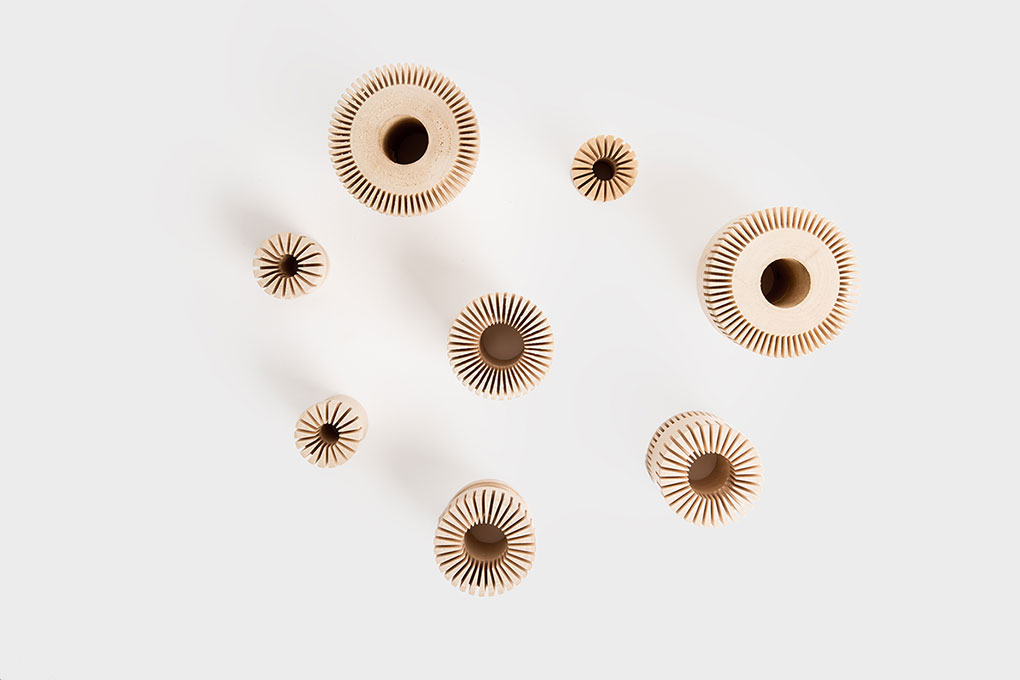
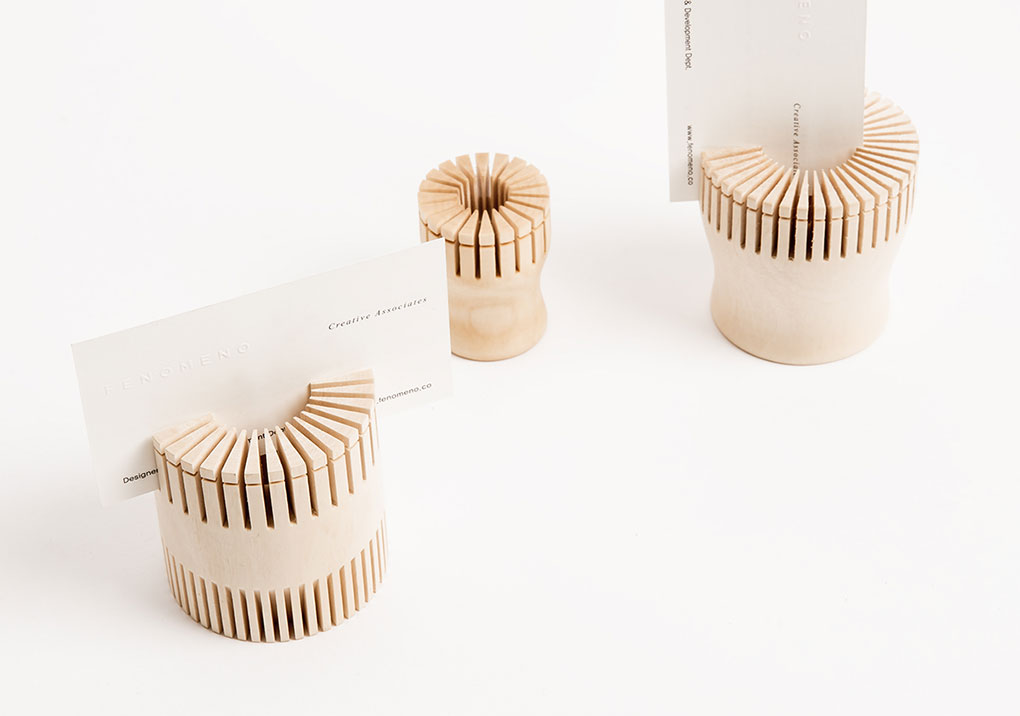
Hanji-bal Craftsman Beageun Yoo
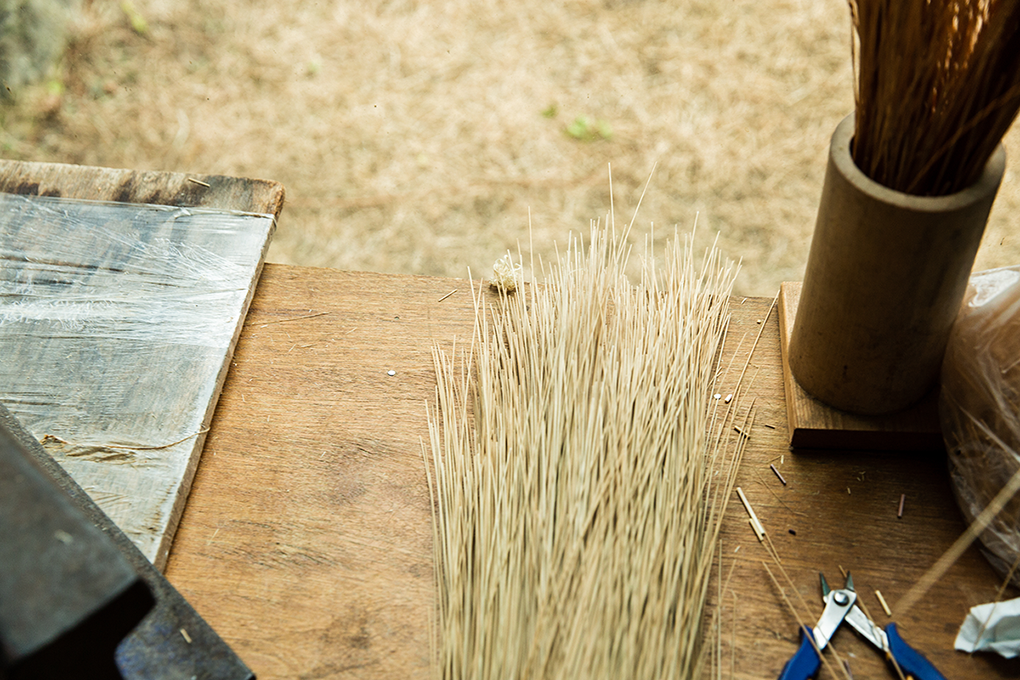
Yu Bae-geun is the only Hanji-bal Craftsmen in Korea, and has been making the Hanji-bal used to float traditional Korean paper for a long time. A single Hanji-bal can be a completed product by hanging on for a full month. It is made by hand by repeating the process of weaving bamboo into thread, which is less than 1mm thick. The Hanji-bal, which is made like this, is completed by cutting out bamboo sticks at both ends. Although the end is originally abandoned, the bamboo shoots, which are different from each other, depict a unique shape. To save this shape, the bamboo was cut a little longer than before, and the business card is put between its rolled teeth, as if it were kept by rolling the Hanji-bal.
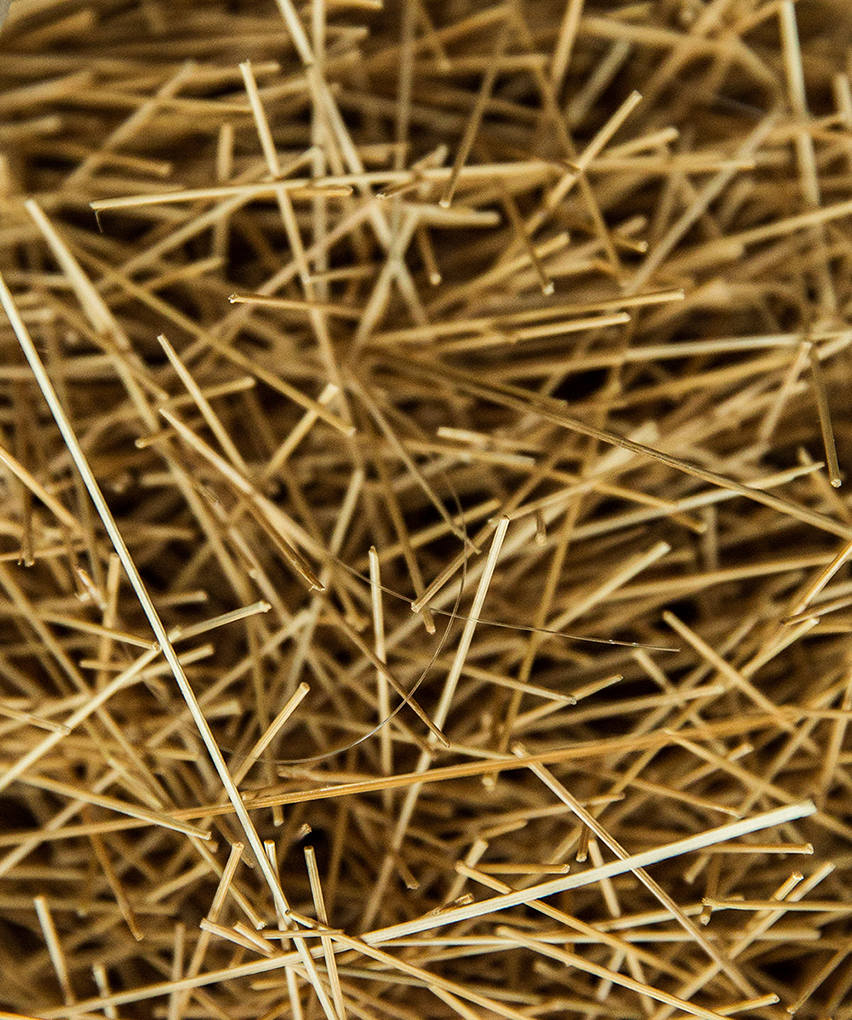
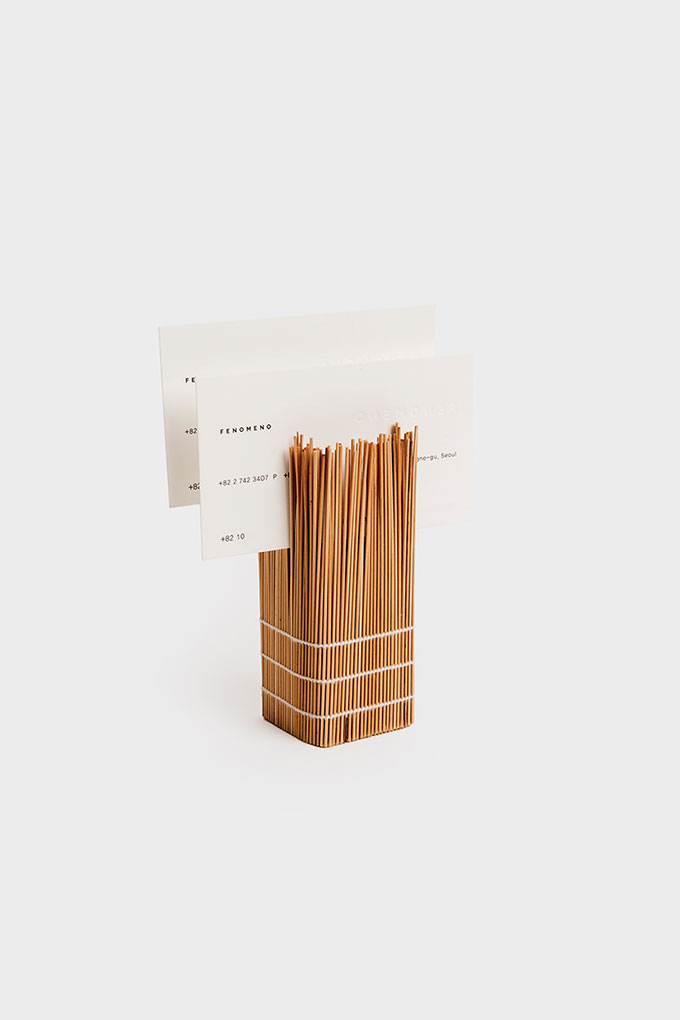
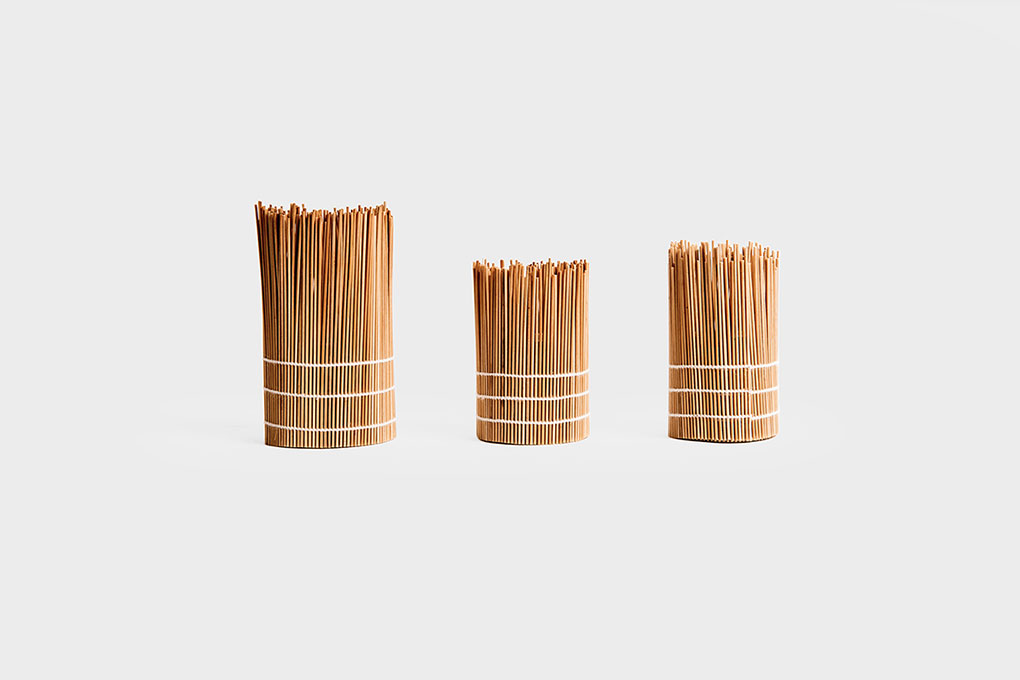
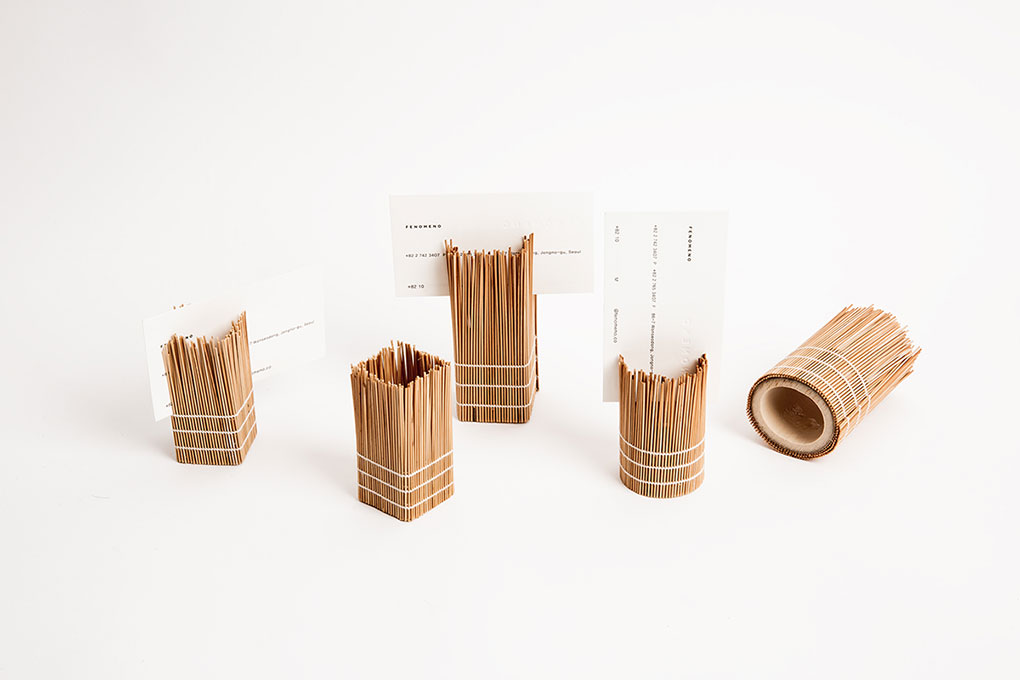
Seonja Craftsman Hwasun Bang
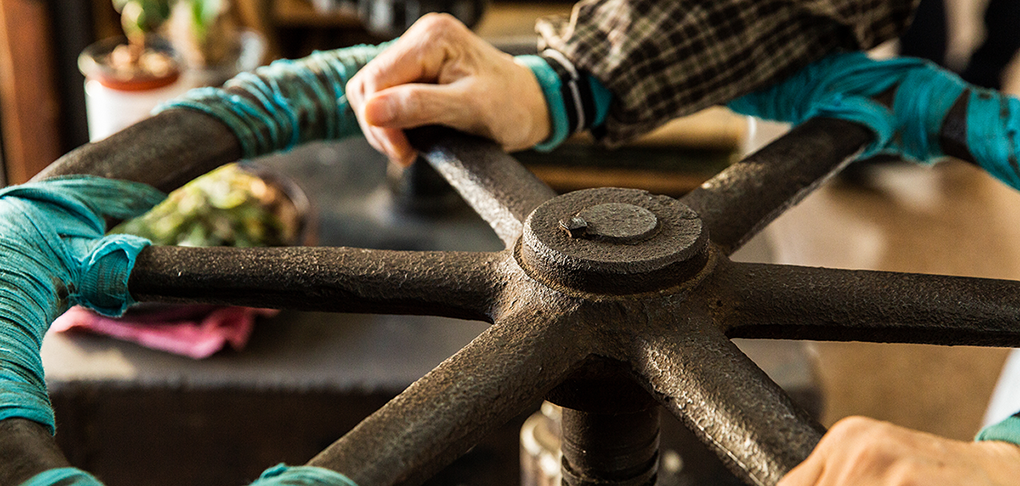
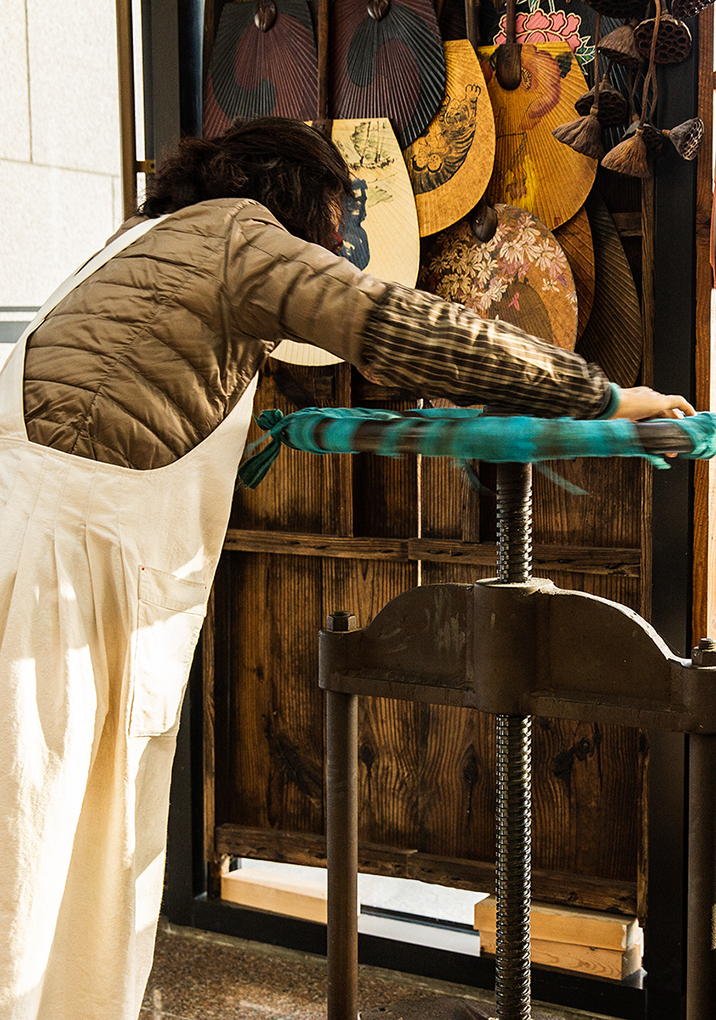
Sunja is a term that refers to fan, while Dancheong Craftsman Hwa sun Bang use bamboo and hanji, wood and lacquer to make the fan. She has developed fan through various attempts with a passion for them. In the past, people used paper fans in the hot summer, but soon after the electric fan and Air conditioner came out to fill the world with machines. There are fewer people looking for fans and unfortunately paper fans seems to have lost ground. Paper debt is made by bending bamboo to make structure, shape, and pasting paper. The curve produced by a thin, curved bamboo is soft in its shape. The design of putting business cards on this part by overlapping the curves of bamboo has been developed into two types, standing and folding.
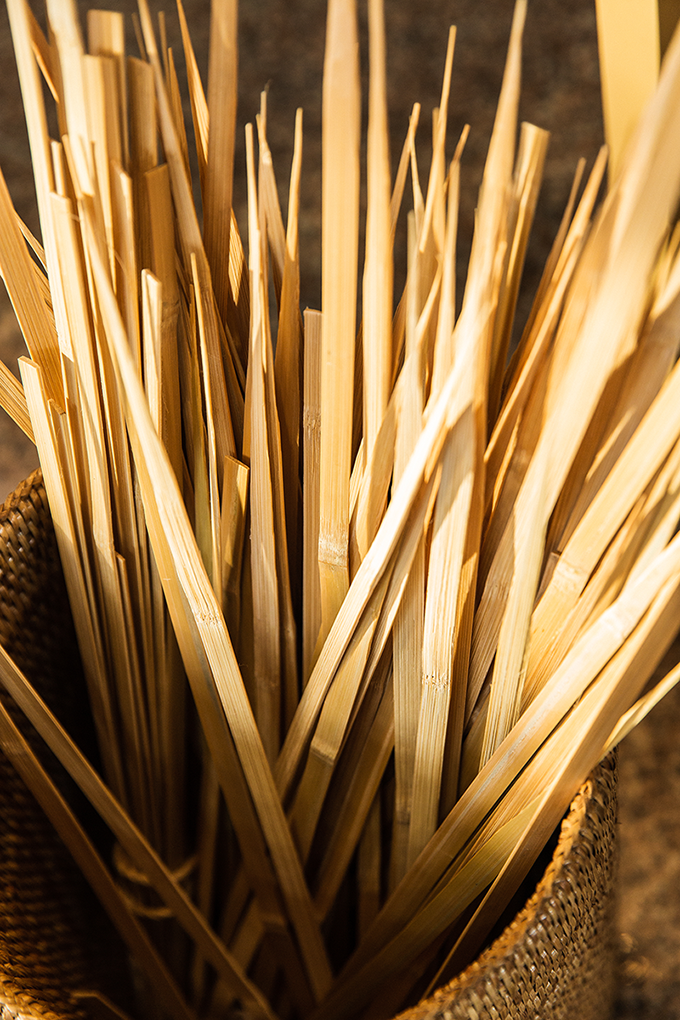
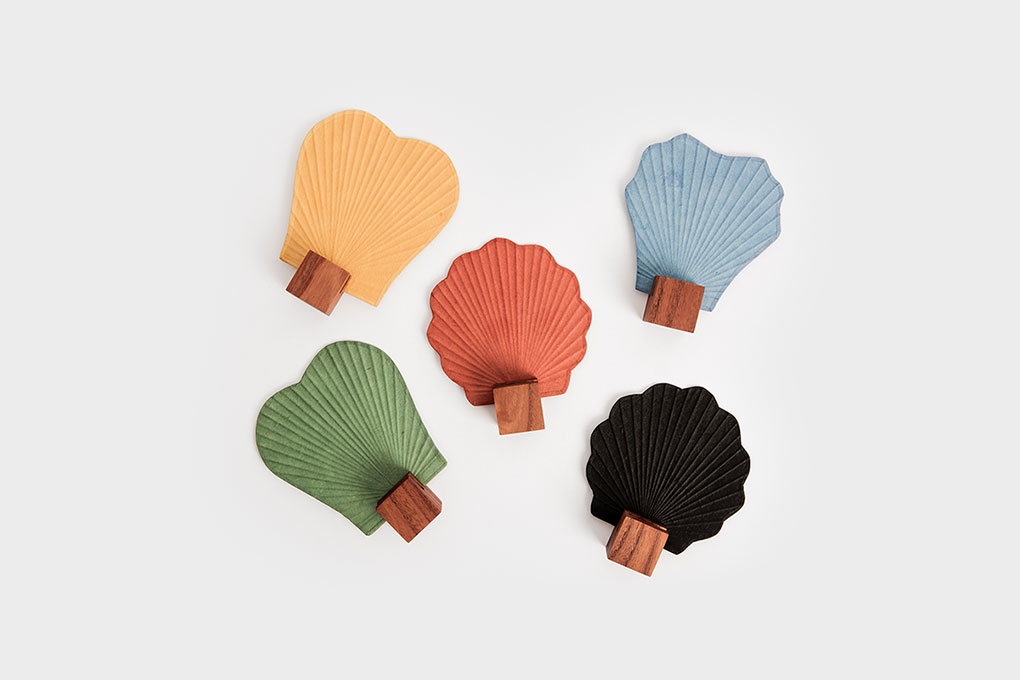
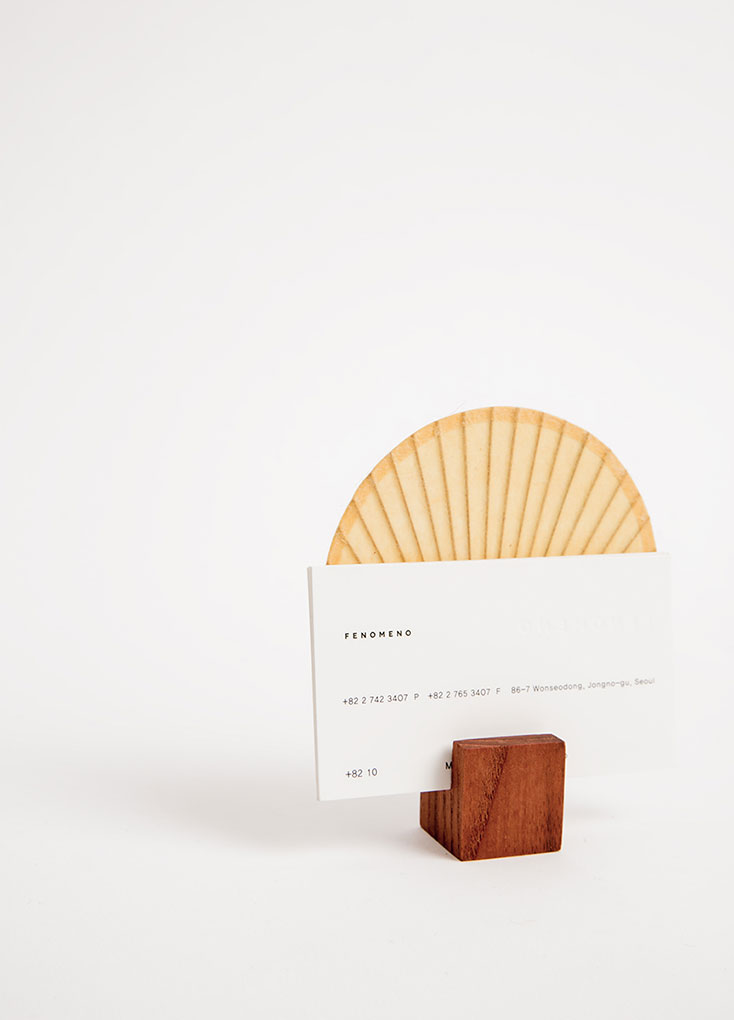
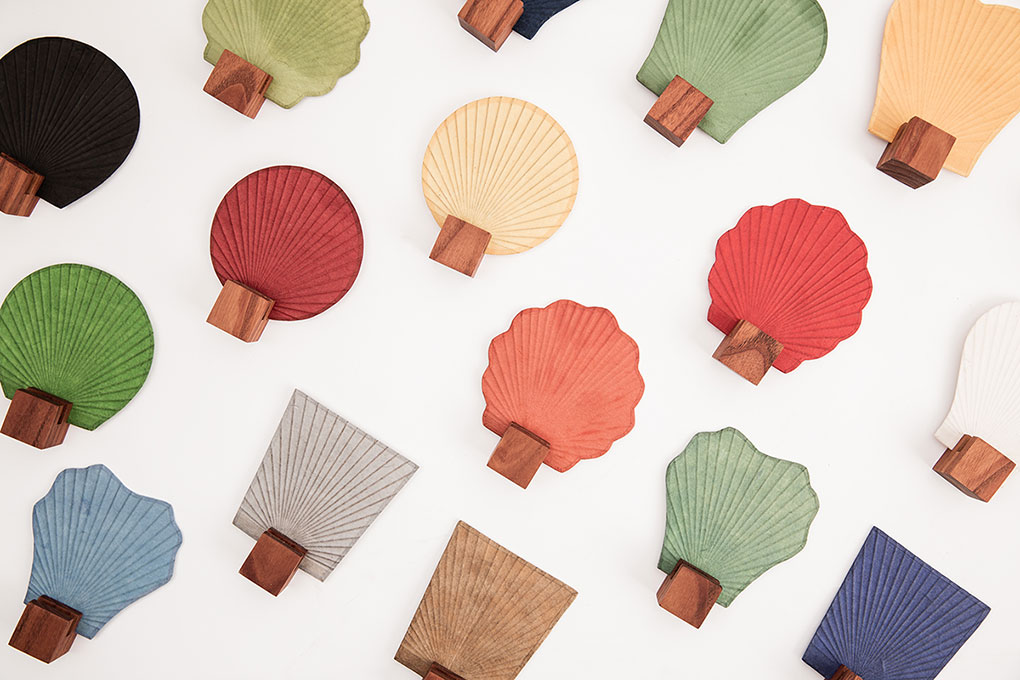
Instrument Craftsman Soo Hwan Go
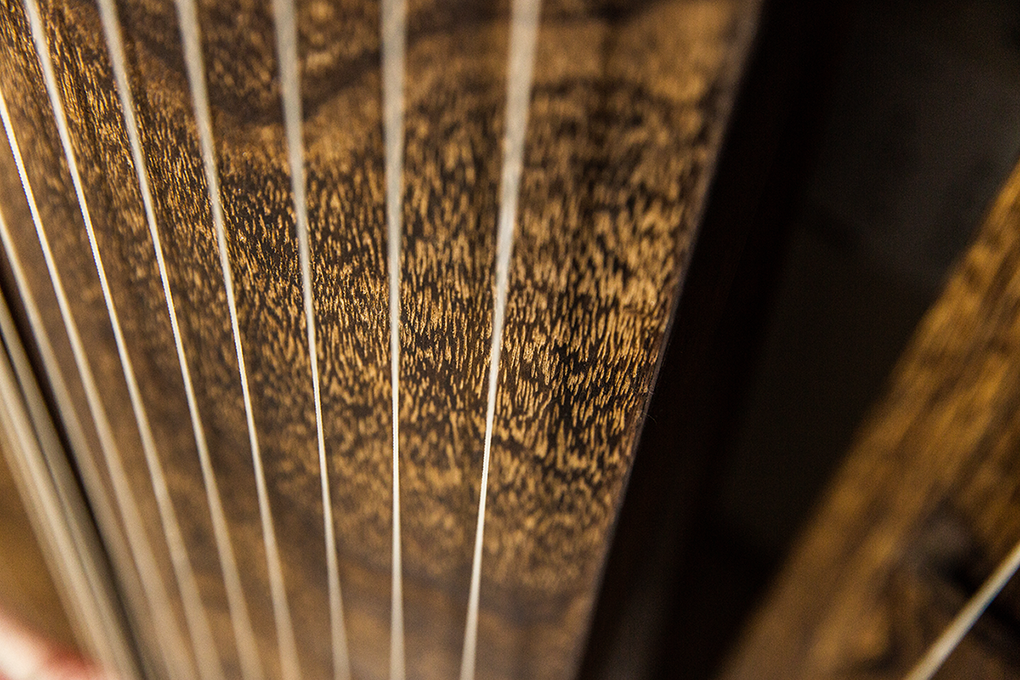

Go Soo-hwan, Instrument Craftsman, has been trimming the strings of Gayageum for more than 40 years and can tell if it is a properly made or a bad instrument just by listening to the sound. Gayageum and Geomungo are instruments that resonance is important, and it takes about a month to make a Gayageum. Although they know the name Gayageum and Geomungo, few Koreans will ever play in person or know the sound of a performance. In order to reach out to those who are unfamiliar with traditional instruments, a miniature size was built around one of the components of the instrument. There is a part of Gayageum called Anjok, which is named because it looks like a goose’s foot. As silk thread passes through the upper grooves of the Anjok, this is where the method of attaching the card was derived. Geomungo looks almost like Gayageum, but it has a ‘Gwae’. Sixteen Gwae, which are the same length and width, are different in height, making notes at different intervals. The design of the Gwae was simplified and a business card was inserted between the two Gwae.
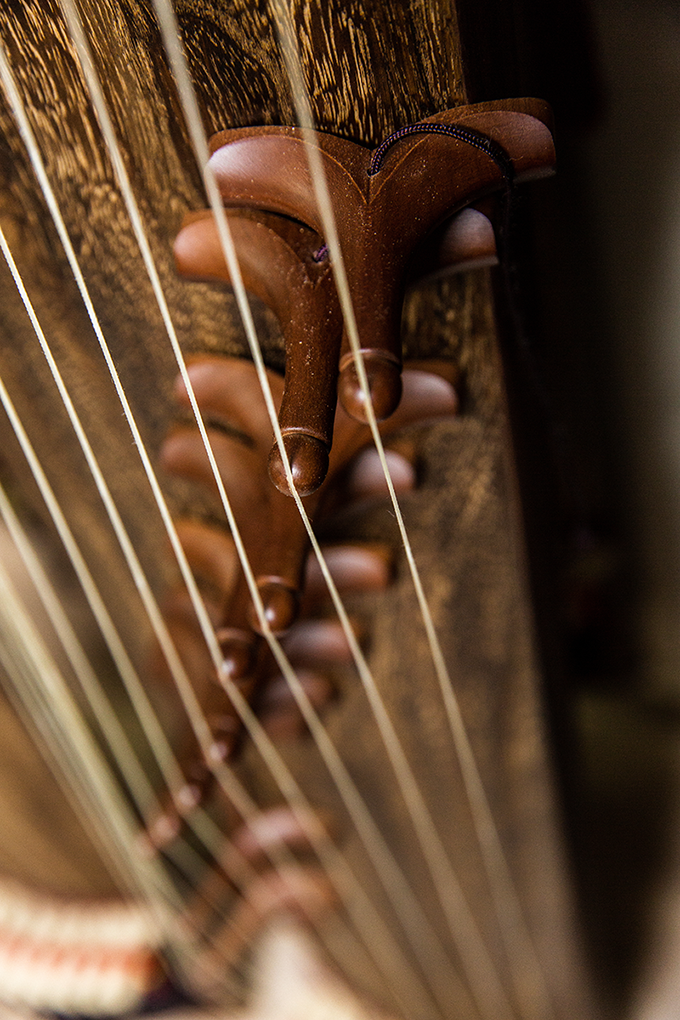
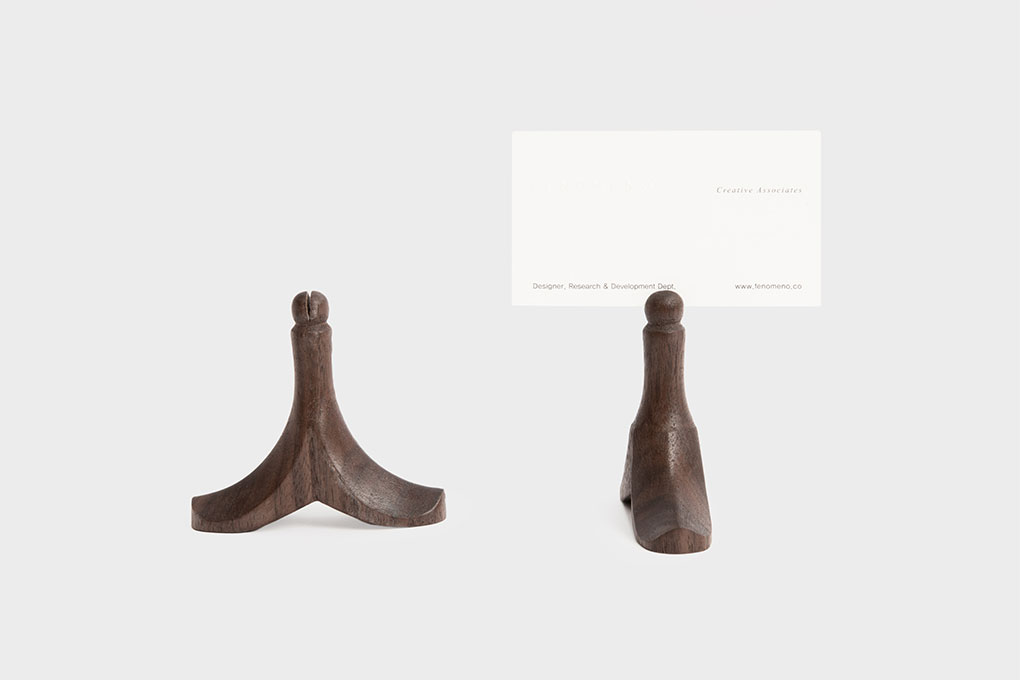
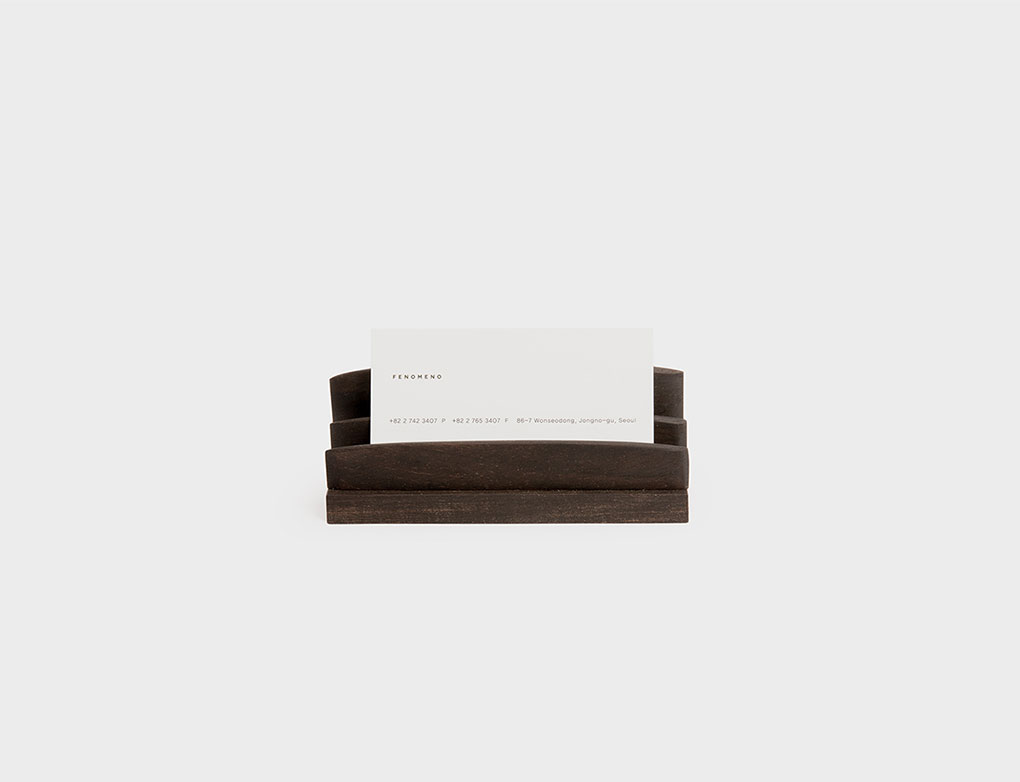
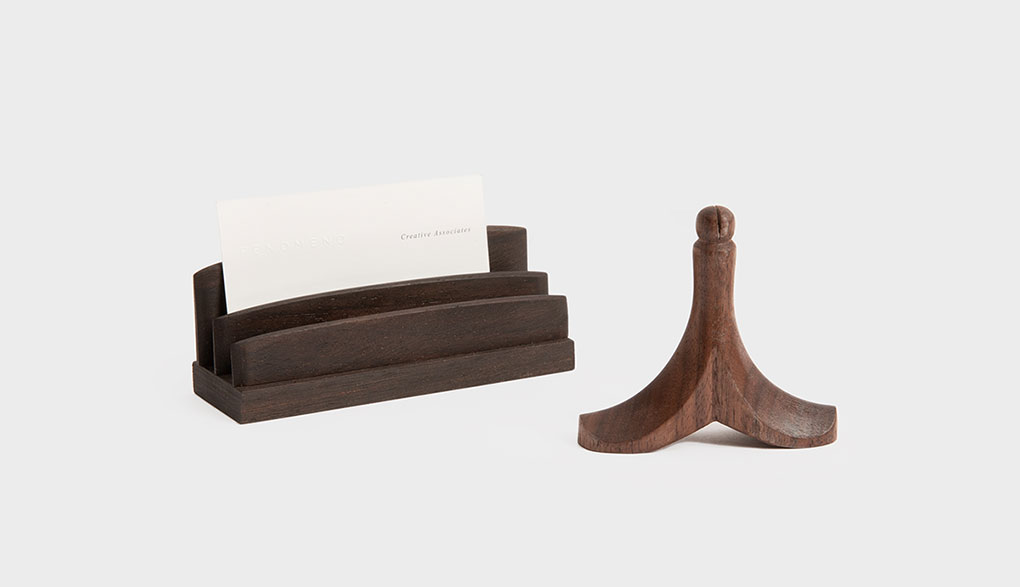
Wood piece Craftsmen Jong yeon Kim
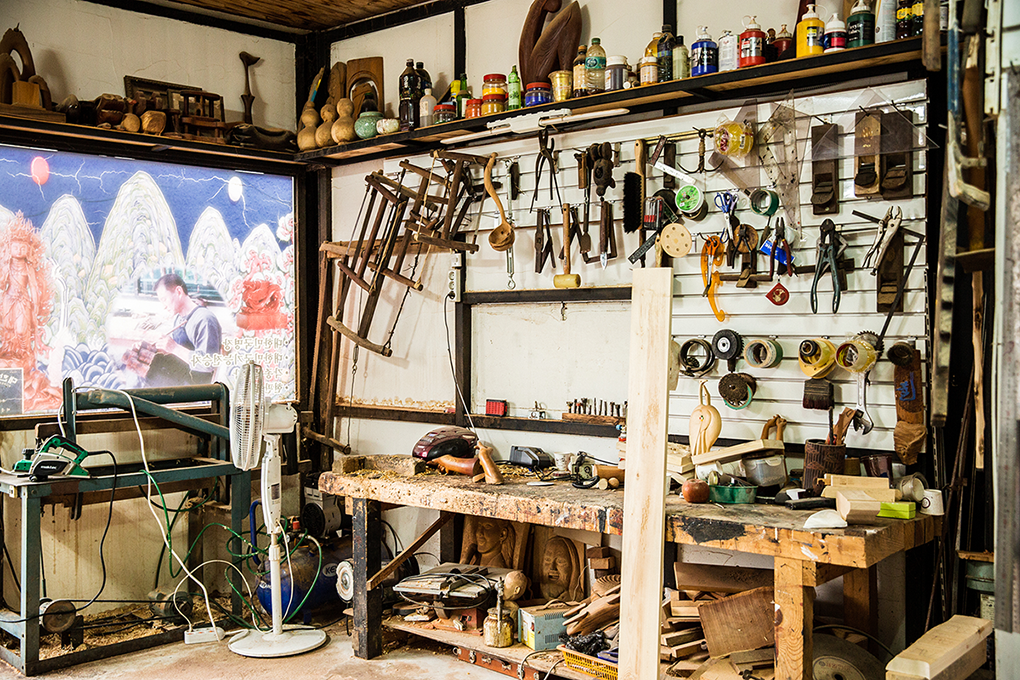
Wood piece Craftsmen Kim Jong-yeon is a highly skilled person who sculpts wood with a knife to the extent that he produces props for historical dramas that represent Korea, especially those that feature many of the royal court, and is known for producing tiger shells. The craftsman's usual wooden tiger neck has been reduced to a small size for simplicity. It has simplified the existing tiger throat to reduce production time, and it feels cute and folk-style. You can use your card on the back of a tiger and feel the culture of Jeonju on your desk.
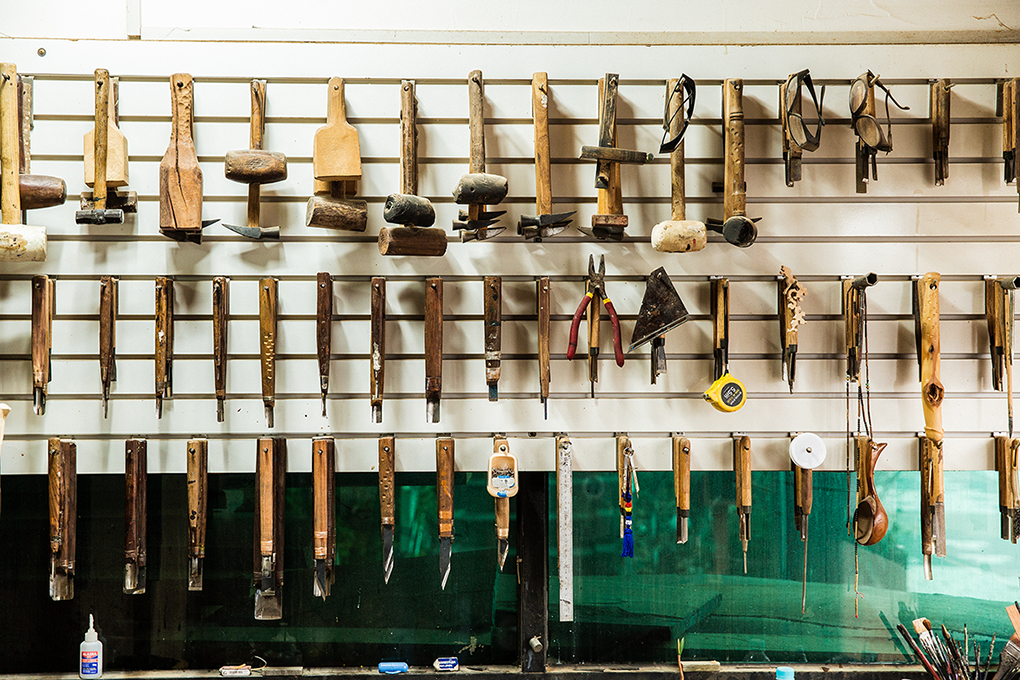
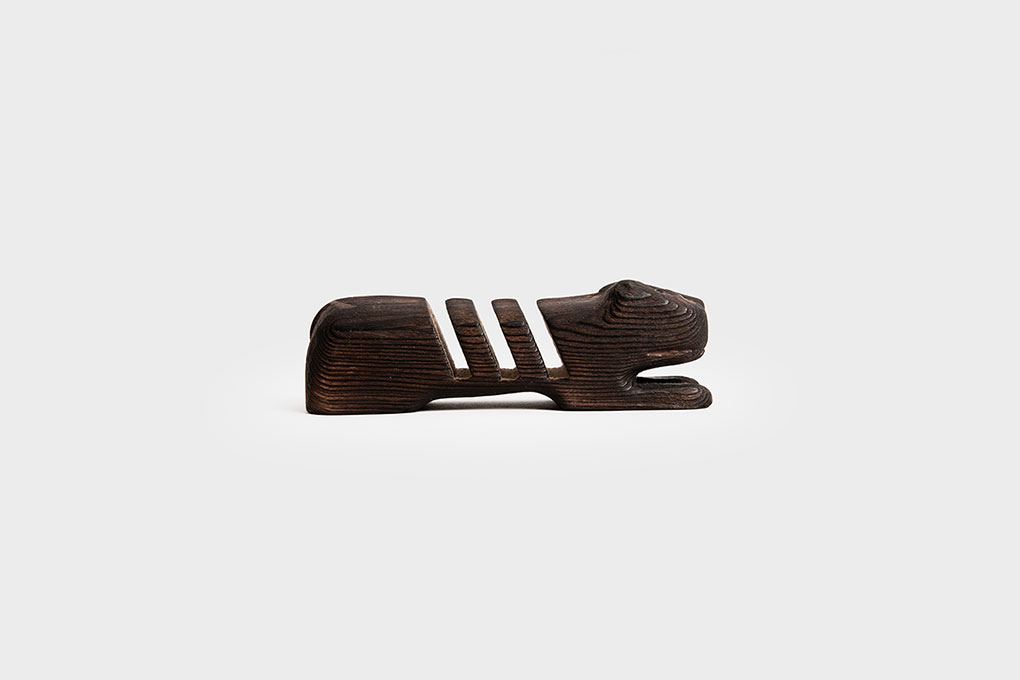
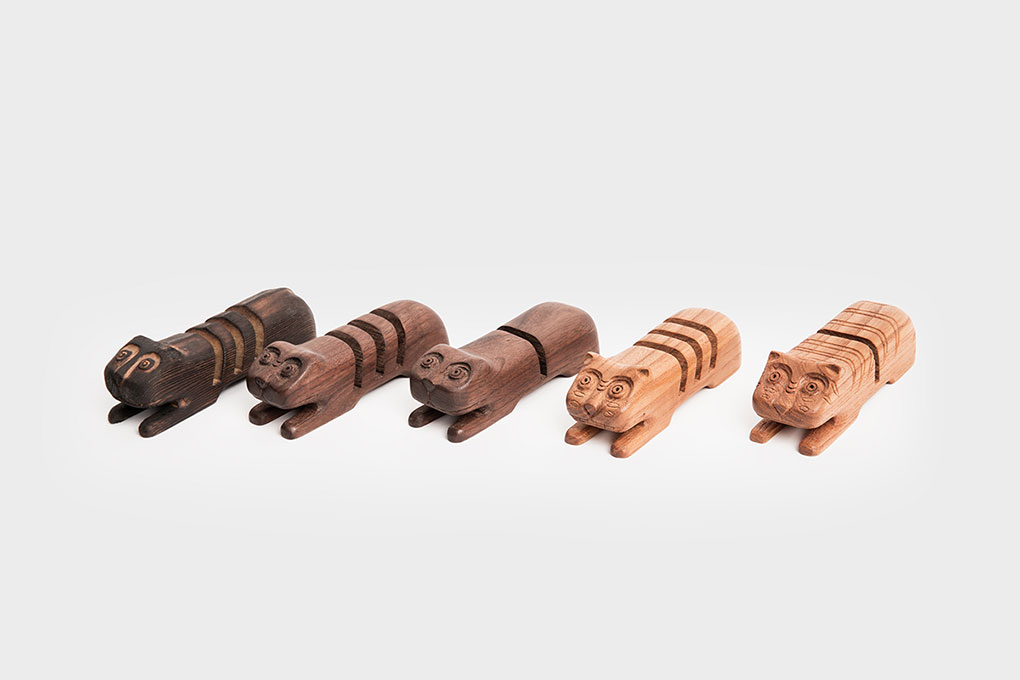
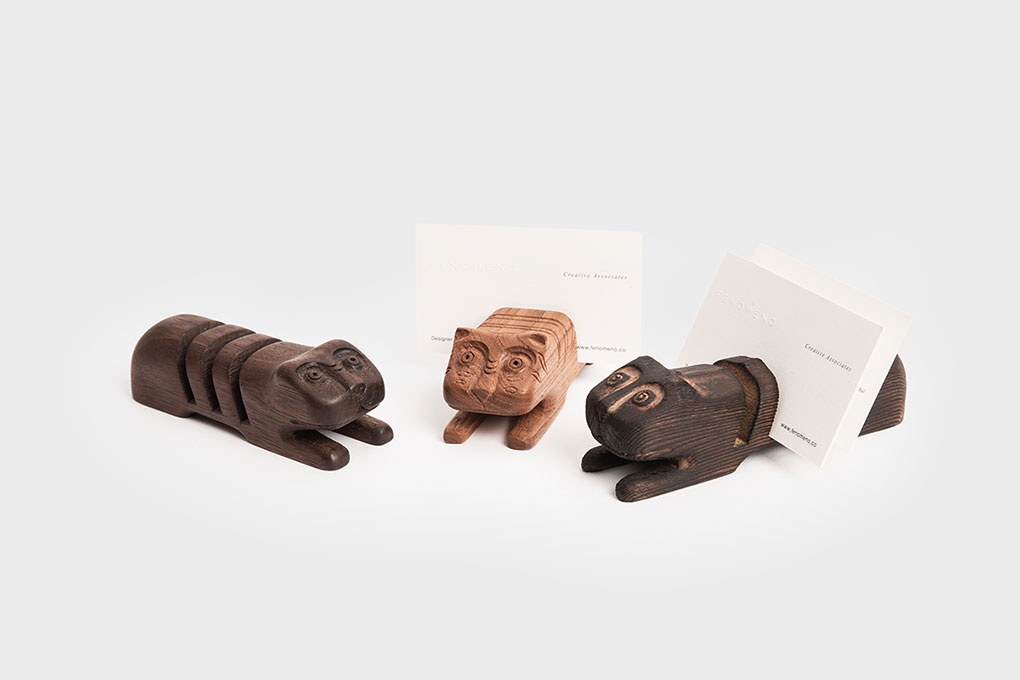
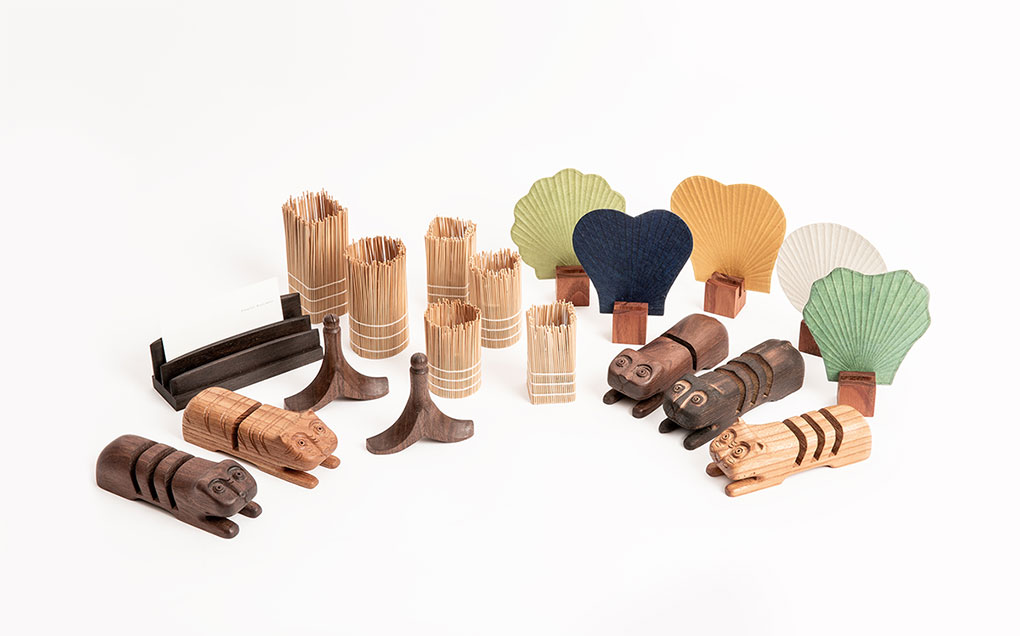
Client : Jeonju ONN
